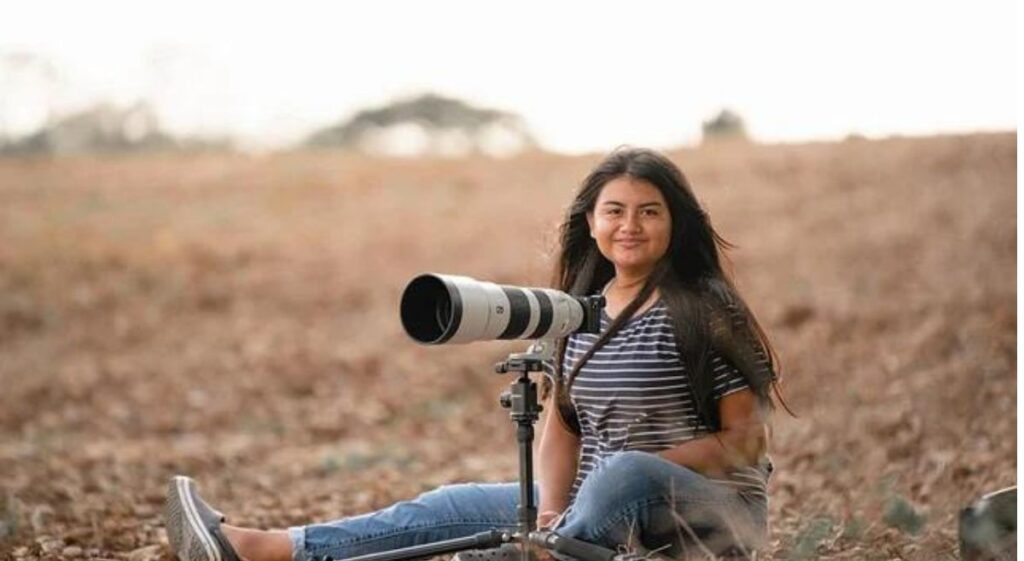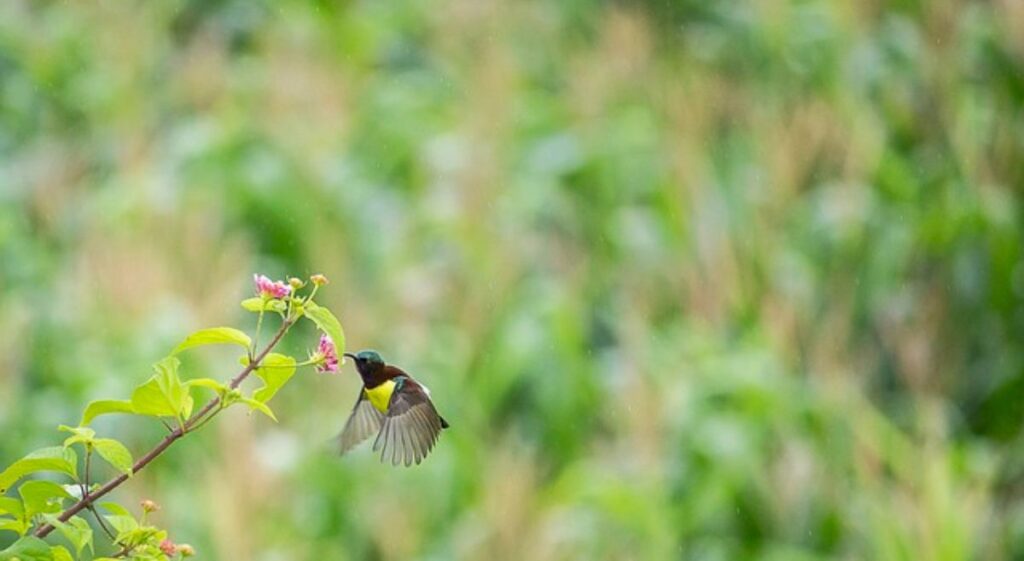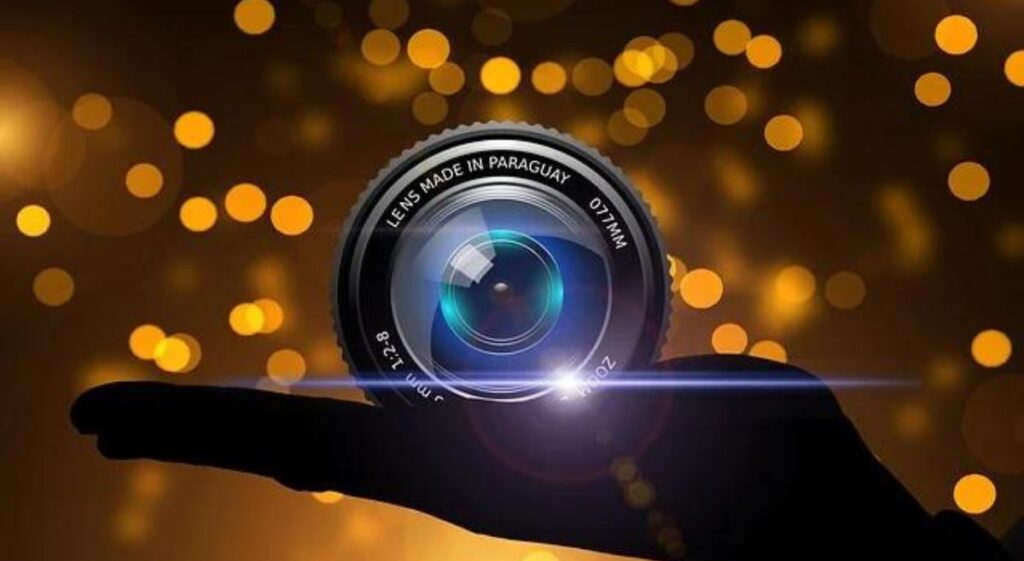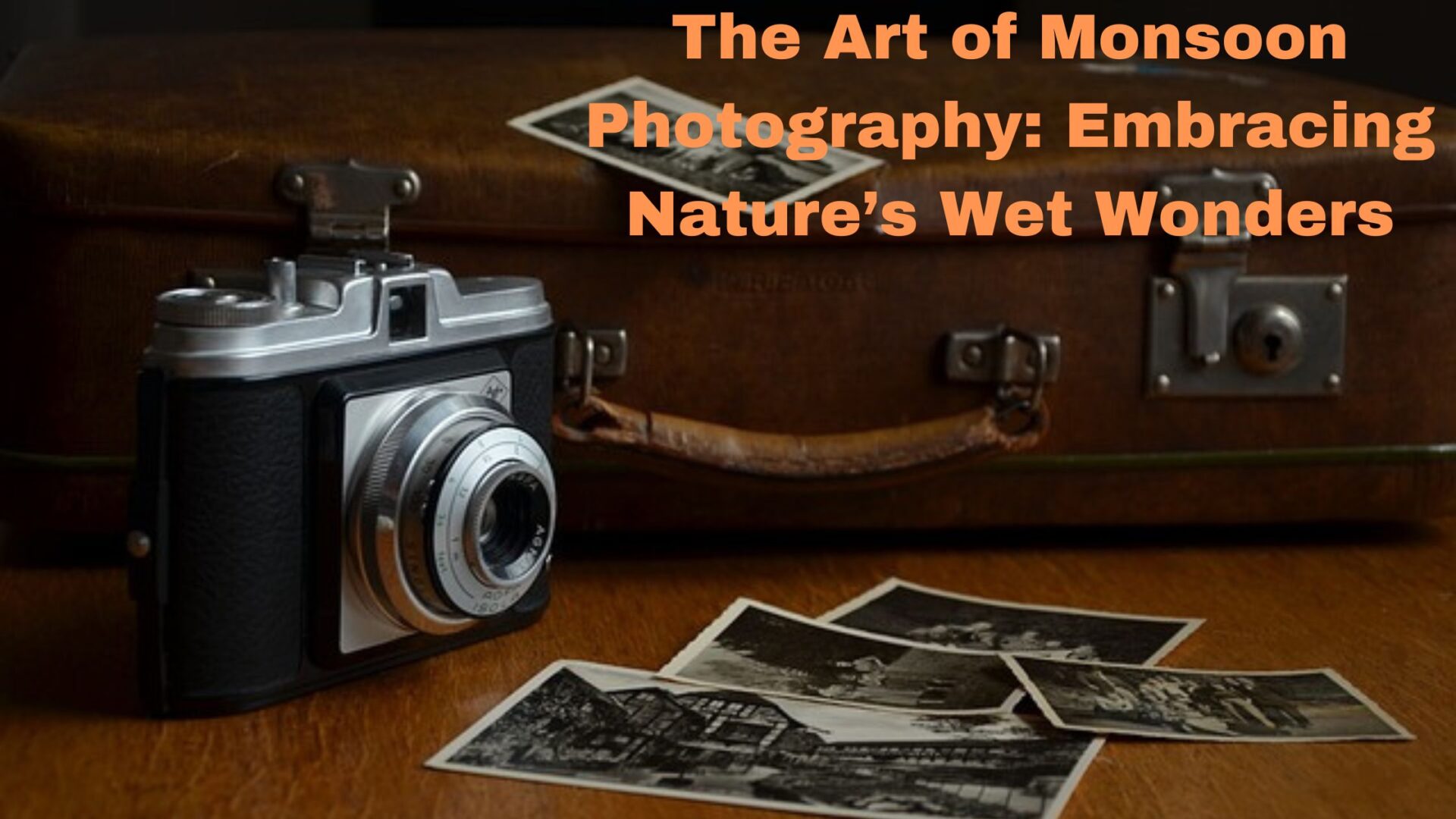Introduction:-
The Art of Monsoon Photography: Embracing Nature’s Wet Wonders

In the monsoon season, nature photographers have the opportunity to capture the unique beauty of dramatic skies, lush landscapes, and shimmering raindrops. However, capturing the essence of this fleeting season requires more than just technical skills; it also demands an appreciation for its ephemeral beauty. Here are some tips and techniques to help you master the art of monsoon photography and embrace the wet wonders of nature:
What are some creative monsoon photography ideas?
Monsoon photography presents captivating opportunities to capture the allure of the rainy season. Discover creative ideas to explore:
1. Raindrop Magnification:
- Close-Up Raindrops: Focus on raindrops adorning leaves, windows, or surfaces, utilizing a macro lens to showcase intricate details.
- Reflective Raindrops: Seek interesting reflections within raindrops, such as landscapes, buildings, or individuals.
2. Reflective Surfaces:
- Puddle Reflections: Employ puddles to capture reflections of buildings, trees, or people. Experiment with angles for creative compositions.
- Symmetrical Reflections: Create visually balanced images by mirroring scenes above in water reflections.
3. Stormy Skies:
- Dramatic Cloudscapes: Capture the intensity of storm clouds and their formations. Utilize a wide-angle lens to emphasize the sky’s vastness.
- Lightning Captures: Experiment with long exposure techniques to capture lightning strikes. Prioritize safety by remaining indoors or in a protected location.
4. Street Photography
- Capture the reflections on wet streets, vibrant life during rain, and people with umbrellas.
- Photograph the contrast of colorful umbrellas against the grey skies and wet surroundings.
5. Water Droplets on Glass
- Create a dreamy, abstract effect by photographing through rain-covered windows.
- Capture silhouettes of people or objects behind rain-covered glass for a mysterious and artistic look.
6. Nature and Wildlife
- Showcase animals or birds in the rain, capturing their natural behavior during the monsoon.
- Highlight the freshness and vibrant colors of plants and flowers after a rain shower.
7. Long Exposure Waterfalls
- Use long exposure to create a smooth, flowing effect on waterfalls and streams, enhancing the serene and tranquil mood.
8. Human Emotions
- Capture the joy and spontaneity of children playing in the rain.
- Capture solitary figures walking in the rain, evoking a sense of introspection and tranquility.
9. Abstract and Artistic
- Look for abstract patterns created by raindrops on different surfaces for unique and artistic images.
- Experiment with motion blur to capture the movement of rain, creating dynamic and artistic images.
10. Monsoon Landscapes
- Capture the lush, green landscapes that come to life during the monsoon season.
- Use the natural fog and mist created by rain to add depth and a mystical quality to your landscapes.
Exploring these ideas can help you capture the unique beauty and mood of the monsoon season through your photography.
What are the safety tips for photographing during a monsoon?
Monsoon Photography Safety Tips

Photographing during a monsoon can be rewarding but also risky. Here are essential safety tips to keep in mind:
1. Personal Safety
- Wear waterproof clothing, boots, and a hat.
- Carry an umbrella or hood to stay dry.
- Avoid flooded areas.
2. Gear Protection
- Use rain covers or waterproof bags for your camera and lenses.
- Use lens hoods and UV filters for protection.
- Carry a microfiber cloth to wipe off moisture.
3. Weather Awareness
- Check weather forecasts and be aware of severe weather warnings.
- Avoid being outside during lightning storms.
- Monitor weather conditions and be prepared to move to safety.
4. Location Safety
- Be cautious of slippery surfaces and unstable ground.
- Wear sturdy, non-slip footwear.
- Know the location of the nearest safe shelter.
- Avoid trees and open areas during thunderstorms.
5. Equipment Handling
- Use a tripod for stability and position it securely on stable ground.
- Cover your camera with a rain cover while shooting or seek shelter.
- Keep your camera bag accessible for quick storage if the rain intensifies.
6. Health Precautions
- Wear layers and stay warm to prevent hypothermia.
- Stay hydrated by carrying a water bottle.
- Carry a small first aid kit for minor injuries or emergencies.
7. Emergency Preparedness
- Keep your phone charged and carry a power bank for emergencies.
- Inform someone of your photography location and expected return time.
- Have a list of emergency contacts readily available.
8. Wildlife Caution
- Use insect repellent to protect against mosquitoes and other insects.
- Be cautious of wild animals seeking shelter or water during the rain.
9. Vehicle Safety
- Park your vehicle in a safe, elevated area to avoid getting trapped by rising water.
- Avoid driving through heavy rain or flooded roads if conditions worsen.
10. Post-Photography Care
- Thoroughly dry your camera and equipment to prevent moisture damage.
- Check for any signs of water damage and address them promptly.
By following these safety tips, you’ll minimize risks to yourself and your equipment while enjoying monsoon photography.
What are the best camera settings for monsoon photography?
In monsoon photography, changing light conditions and rainfall can present challenges. To capture captivating monsoon images, consider the following camera settings:

1. Aperture (f-stop):
- Landscapes: Use a smaller aperture (higher f-stop, e.g., f/8 to f/16) for greater depth of field, ensuring both foreground and background are in focus.
- Portraits and Close-ups: Use a larger aperture (lower f-stop, e.g., f/2.8 to f/5.6) for shallow depth of field, isolating the subject from the background.
2. Shutter Speed:
- Freezing Raindrops: Use a fast shutter speed (e.g., 1/500 to 1/1000 sec) to capture individual raindrops mid-air.
- Motion Blur: Use a slower shutter speed (e.g., 1/30 to 1/60 sec) to capture the motion of falling rain, creating a streaking effect.
- Long Exposures: Use a very slow shutter speed (e.g., several seconds) for smooth water effects in waterfalls or streams. A tripod is essential for stability.
3. ISO:
- Low ISO: Start with a low ISO (e.g., ISO 100-400) to minimize noise, especially in daylight or well-lit conditions.
- Higher ISO: Increase the ISO (e.g., ISO 800-1600) if the light is low, but be aware of increased noise, particularly in darker conditions.
4. Focus Mode:
- Single-Point Autofocus: Use single-point autofocus for precise focusing on a specific subject, especially for close-ups and portraits.
- Continuous Autofocus: Use continuous autofocus (AI-Servo or AF-C mode) to keep moving subjects in focus, useful for capturing raindrops or people moving in the rain.
5. White Balance:
- Auto White Balance: Auto white balance generally works well, but you may need to adjust it based on the lighting conditions (e.g., cloudy or tungsten settings).
- Custom White Balance: Manually set the white balance to match the specific lighting situation to ensure accurate color representation.
6. Metering Mode:
- Evaluative/Matrix Metering: This mode is useful for most scenes as it considers the entire frame and balances the exposure.
- Spot Metering: Use spot metering for high-contrast scenes or when you need precise exposure on a specific area of the frame.
7. Exposure Compensation:
- Adjust as Needed: Use exposure compensation (+/-) to fine-tune the exposure, especially in tricky lighting conditions. For example, increase exposure compensation in low-light situations or decrease it if the scene is too bright.
8. Shooting Mode:
- Aperture Priority (A/Av): Control the depth of field while the camera adjusts the shutter speed automatically.
- Shutter Priority (S/Tv): Control the motion blur or freeze motion while the camera adjusts the aperture automatically.
- Manual Mode (M): For complete control over all settings, use manual mode to adjust aperture, shutter speed, and ISO as needed.
9. Use a Tripod:
- Stability: A tripod is crucial for long exposure shots to prevent camera shake and ensure sharp images.
10. Lens Choices:
- Wide-Angle Lens: For capturing expansive landscapes and dramatic skies.
- Macro Lens: For close-up shots of raindrops, flowers, and other small subjects.
- Telephoto Lens: For distant subjects or wildlife photography during the monsoon.
11. Other Tips:
- Lens Hood: Use a lens hood to minimize raindrops on the lens and reduce lens flare.
- Polarizing Filter: Use a polarizing filter to reduce reflections and enhance colors, especially in wet conditions.
- Manual Focus: In very low light or when the autofocus struggles, switch to manual focus to ensure sharp images.
By adapting these settings to the specific conditions and desired effect, you can capture stunning monsoon photographs that showcase the beauty and drama of the rainy season.
Conclusion
Monsoon photography is a rewarding pursuit that allows you to capture nature in its most dynamic and vibrant form. By embracing the challenges and opportunities of this season, you can create stunning images that celebrate the wet wonders of the natural world. So, grab your camera, venture into the rain, and let the monsoon inspire your creativity.
References
Here are some references to support the article on monsoon photography:
- Digital Photography School – Tips for Photographing in the Rain
- URL: Digital Photography School
- National Geographic – How to Photograph Rain
- URL: National Geographic
- Photography Life – Rain Photography Tips and Techniques
- URL: Photography Life
- Nature TTL – A Guide to Rain Photography
- URL: Nature TTL
- The Phoblographer – Essential Tips for Photographing in the Rain
- URL: The Phoblographer
- Shutterbug – How to Shoot Great Photos in the Rain
- URL: Shutterbug
- Expert Photography – Rain Photography: How to Take Stunning Photos in the Rain
- URL: Expert Photography
